Please view our updated COVID-19 guidelines and visiting procedures →.

On June 24, Connecticut Hospice welcomed Dr. Nathan Wood, a Yale Primary Care Internal Medicine Resident, to a 2-week rotation with our Medical Department and the Interdisciplinary Team. Connecticut Hospice’s care-providers are not only proud to share their hospice and palliative care experience with new healthcare practitioners, but also pleased to receive additional knowledge from visiting practitioners.
Dr. Wood has published on a variety of topics, including hands-on curriculum for teaching practical nutrition, code-switching in medical settings, and the effects of fibromyalgia on long-term analgesic outcomes following total knee and hip replacement surgery.
Dr. Wood is also a graduate of the Institute of Culinary Education, where he won the Top Toque Award, presented by faculty for highest academic achievement. In 2017 and 2018 he worked as a Medical Student Producer for the Dr. Oz Show, and won a Production Award from The National Academy of Television Arts and Sciences Daytime Emmy Awards. Obviously a man of many talents, our patients and staff have had the pleasure of hearing him play classical piano in our inpatient lobby when not practicing bedside medicine.
This is the first medical rotation since COVID-19 forced a temporary hold on clinical rotations at Connecticut Hospice. All rotations now include orientation on the correct use of PPE (Personal Protective Equipment) during the coronavirus pandemic.
In July three additional Hospice and Palliative Care Fellows will arrive for orientation prior to each performing a one-month rotation Inpatient and an additional two weeks in Home Care with our teams. We look forward to welcoming Dr. Faisal Radwi, Dr. Alex Choi, and Dr. Bryan Terry.
The John D. Thompson Hospice Institute for Education, Training and Research, Inc. (JDT), the educational ally of Connecticut Hospice, was established in 1979 to provide a vehicle for sharing hospice and palliative care philosophy, experience and skills with students, health care professionals, administrators, caregivers, and the community.
The JDT Hospice Institute offers high-quality continuing education services to physicians and nurses and is accredited to award both CMEs (Continuing Medical Education) and CNEs (Continuing Nursing Education). The Institute is also a premier clinical rotation site and annually host over 300 students from prestigious universities located both in and out of Connecticut and around the world.
To learn more, click here: The John D. Thompson Hospice Institute for Education, Training and Research

On June 10, national expert on pandemics and public policy Professor Howard Forman, MD, MBA, FACR, Professor of Radiology and Biomedical Imaging, Public Health (Health Policy), Management, and Economics at Yale University, spoke to Connecticut Hospice staff about COVID-19.
Professor Forman answered questions on a variety of topics relevant to professional practices and personal lives during the pandemic.
“It is possible that we are going to live the rest of our lives with a pandemic in some way, shape or form, and we are going to have to acclimate to that. Think about everything you do, and mitigate the risk as much as possible. To think we will never go out or attend family functions and gatherings would probably be ridiculous, but we should all avoid crowded, enclosed, indoor spaces or functions".
"Every single thing you do comes with some heightened risk. The thing that reduces your risk is decreasing mobility and not interacting with anybody and that’s just not how we’re going to be able to live our lives”.
The two practices he emphatically emphasized are wearing a mask always, and testing.
“If no vaccine is available I believe that testing is equivalent. If I could provide you with a $5 - $10 instant test for coronavirus that was highly sensitive, that you could do every day, you would basically eradicate this and have no problem of spread. And if we did this on a wide scale in the United States for a period of time we would stop this”.
Professor Forman stated the belief that testing will be scaled up and cheap enough for widespread implementation in the next six months.
Ideally, he said, “If you are home with someone vulnerable, test often”.
On the subject of pre/asymptomatic spread by a COVID-positive person, he confirmed that there is a documented two-day window before symptoms show when you can infect others.
“It is impossible to know if you are pre-symptomatic. Your assumption should always be at any given point in time that you might be infected – you just may not have symptoms yet”.
While his warnings are sobering, he concluded that with proper protection – wearing masks, frequent hand-washing, constant adherence to social distancing guidelines and avoiding crowded settings – your risk can be greatly mitigated.
Watch the entire session here:

Summer is here, and the natural world is exploding with life. While so many human beings stayed at home this spring, you may imagine what a ‘field day’ plants and animals have had. Our connection to all things growing is as old as our species, and we reap a myriad of benefits when in touch with nature - rejuvenation, stress-relief, increased health, sustenance, joy, creative inspiration, to name just a few.
For those unable to get outside because of social isolation or activity-limiting illness, there are many alternative routes to those life-enhancing rewards.
In this series we will discuss why and how nature is so beneficial to us and we’ll share some resources to help you bring some of the natural world to your own environment, wherever you are.
In later installments of the series we will visit the world of trees, which we know give us improved health in ways large and small. Their ability to provide oxygen, shade, medicine, and beauty is unmatched in our planet’s flora. Later, we’ll journey to the wilderness and find out how the natural landscape can improve our wellbeing and inspire our creativity, even when we are sitting indoors.
In Part 1 we start closer to home, as we explore gardens, gardening, and the therapeutic role played in our lives by our involvement with plants.
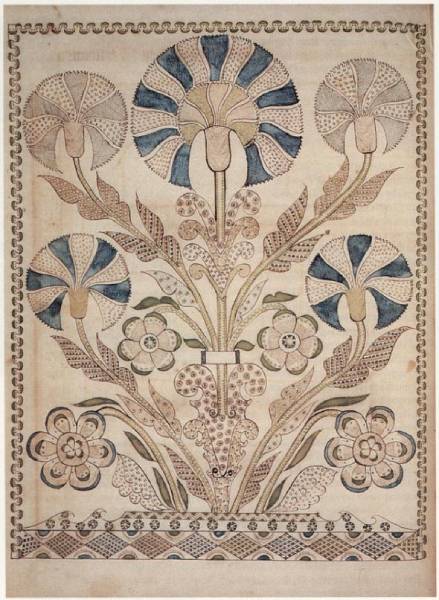

The human instinct to control our natural environment seems to have existed from our earliest days. Once we mastered the hunting and growing of ample food supplies, evidence teaches us that our ancestors began to design and plant for pleasure. Human knowledge of plant life expanded through trial and error to include nutritional, medicinal, and eventually purely aesthetic uses. When we looked at a beautiful landscape perhaps the pleasure we felt gave us the urge to try to reproduce it.


For millennia, gardens have been created as places of solace, escape, and relaxation. They have been catalysts for creativity, inspiring countless works of visual, literary and musical art. Their design is seeded in the imagination and nurtured by experiment and conditions, the only ‘rules’ being those of climate and space.
Ranging from the most grandiose and formal to a few simple containers on a sunny windowsill, there is a style to please everybody. Whether private or public, gardens can be manifestations of personal statement and cultural pride. They are sites of solitary, family, or community activity, which know no boundaries of age, geography or wealth. During times of war and, recently, pandemic, edible produce has been raised in ‘victory’ gardens, allotments, small plots and indoor pots. Anyone can garden with a minimum of material, (and most gardeners love to share or swap); very few people are immune to the enjoyment of being in one.
Before we continue, take a moment to enjoy this gallery of plants and gardens, and observe your responses to each of them:
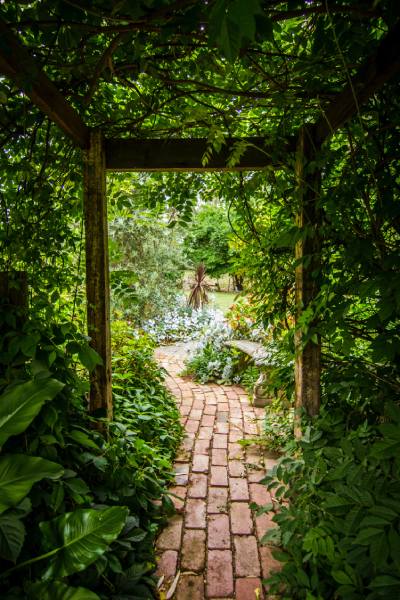







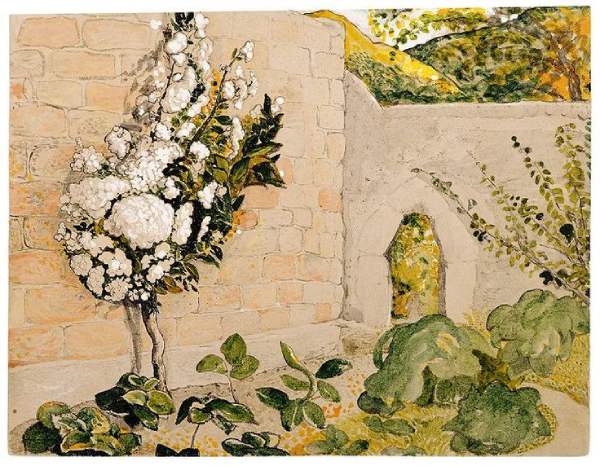


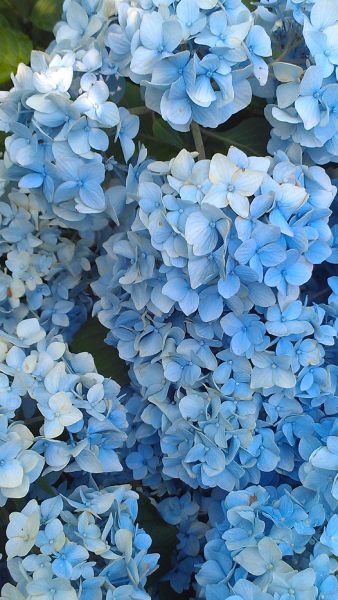



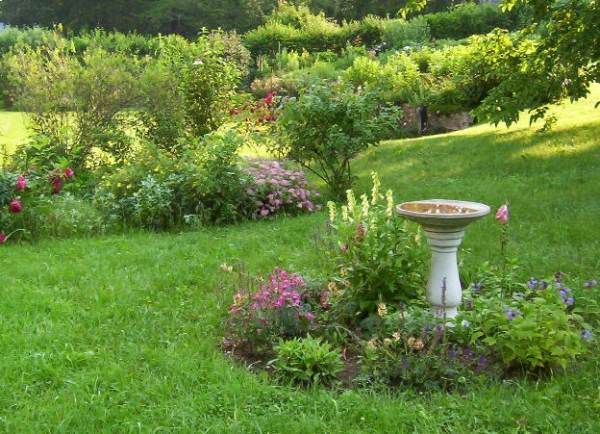






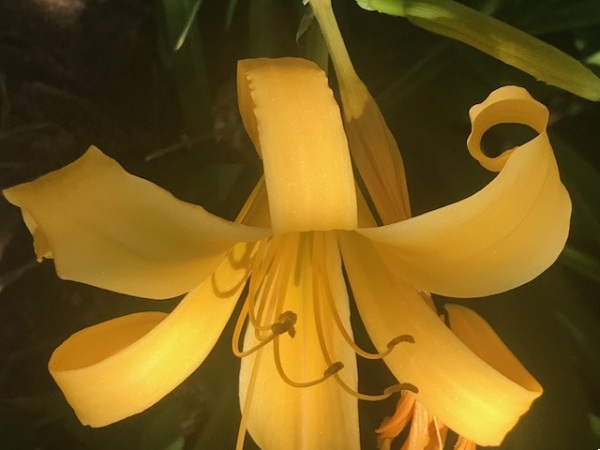




There is a quiet thrill to be found in cultivating a life force other than our own, and wonderful moments of surprise when plants enforce their own will and spring up in unexpected places. As we nurture gardens, so do they nurture us.
Beyond their cultural, historical and social importance, gardens and gardening provide profound physiological benefits. They stimulate all our senses. One or two plants in an indoor pot can do this, or a richly planted garden outdoors. We know that aromas can trigger memories, colors can affect our emotions, shape and form feed our ability to use logic and enhance memory. Likewise, certain natural sounds can reduce our heart rates, and the taste of something healthy and fresh can encourage appetite. The physical activity of gardening on any level can improve fitness and motor ability.

Because they engage all these senses, it is clear that gardens bring huge rewards. For persons with cognitive deficits or impaired motor skills, they have a particular value: – the cerebral cortex of the brain, where sensory information is processed, is stimulated by the sights, smells, sounds, tactile textures, and taste of plants and gardens. The cerebral cortex is also where motor function is controlled and voluntary movement regulated, and it is the area of the brain responsible for processing language, planning and organizing.

The physician and writer, Oliver Sacks, explains the value of gardens:
"As a writer, I find gardens essential to the creative process; as a physician, I take my patients to gardens whenever possible. All of us have had the experience of wandering through a lush garden or a timeless desert, walking by a river or an ocean, or climbing a mountain and finding ourselves simultaneously calmed and reinvigorated, engaged in mind, refreshed in body and spirit. The importance of these physiological states on individual and community health is fundamental and wide-ranging. In forty years of medical practice, I have found only two types of non-pharmaceutical “therapy” to be vitally important for patients with chronic neurological diseases: music and gardens." (from “Why We Need Gardens” in Everything in its Place: First Loves and Last Tales).
This year more than ever, many of life’s most sustaining activities have by necessity become virtual ones. While many of us may not be able to travel or experience the beauty of gardens in person, the internet can take us there with a larger number of options and more stunning videography than ever before.
The New York Botanical Garden, a National Historic Landmark and the largest Garden in any city in the United States, is a wonderful source of information, beauty, and escape. Their website offers marvelous virtual tours through their gardens, ranging from spring flowering bulbs and blossom trees to roses in high summer. Tutorials by NYBG experts can be found there and on YouTube to help you with indoor plants and outdoor flowers and shrubs. If you want to grow some of your own fresh vegetables their website also features guides especially tailored for children and beginners.
Click here to tour the gardens or watch their free tutorials: New York Botanical Garden at home
If you would like to explore some of Great Britain’s famed gardens, including Kew Gardens, National Trust sites and The Royal Horticultural Society’s Chelsea Garden Show, this collection of virtual tours is not to be missed: Enjoy virtual British gardens
Whether in real life or virtually, the pleasure we can take in gardens and gardening is available to us in every season. We observe in the life cycles of the natural world an echo of our own finite existence, but there is comfort there in abundance. The careful preparation of a plant pot or a flower bed, and the expectant anticipation of our success, feed our sense of hope. The excitement of seeing a young shoot first emerge from our soil is hope brought to fruition.

"And don't think the garden loses its ecstasy in winter. It's quiet, but the roots are down there riotous." - Rumi
Click here to read more about the the physical and mental benefits of gardens
To read a recent study comparing the health effects of natural vs city landscape click here: Experimental Study on the Health Benefits of Garden Landscape
To read about gardens in history:

Connecticut Hospice was fortunate on the May 27 Town Hall to enjoy the partnership of world-renowned epidemiologist and Dean of the Yale School of Public Health, Sten Vermund, MD, PhD, in educating its staff.
Dr. Vermund shared his wisdom with Connecticut Hospice staff on COVID-19 protections for health care workers and their families, answering questions on a live Zoom conference, and covering a wide range of topics, including –
With permission from Dr. Vermund, we are pleased to share the entire session with you. We hope you will find this conversation interesting and informative, and we are sure you will glean some insights and reassurance from his knowledge.
Read Dr. Vermund’s bio here:
Read more about Dr. Vermund’s work here:
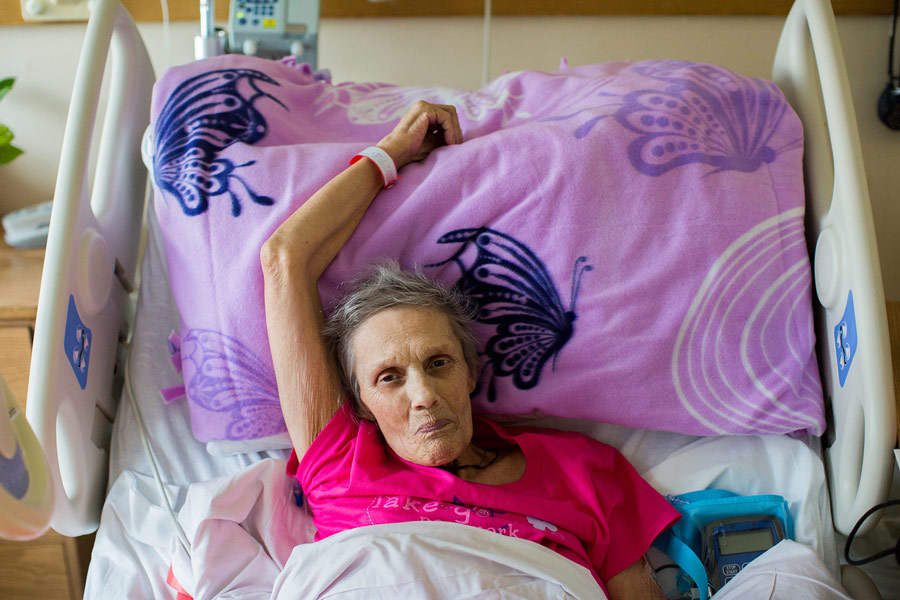
Cannabis treatment for Hospice patients which could change how millions of dying Americans treat severe pain, and open the door to alternatives to prescription painkillers.
Check out this Article on BuzzFeedNews
As a not-for-profit, we depend on generous donors to help us provide customized services and therapies that aren’t completely covered by Medicaid, Medicare, or private insurance.
Please make a gift to help us sustain the highest standard of care.
Admissions may be scheduled seven days a week.
Call our Centralized Intake Department: (203) 315-7540.